Lantern Festival Parade in Yangpu: ICH Comes Alive, Culture Blazes, and Festival Rocks February 13,2025
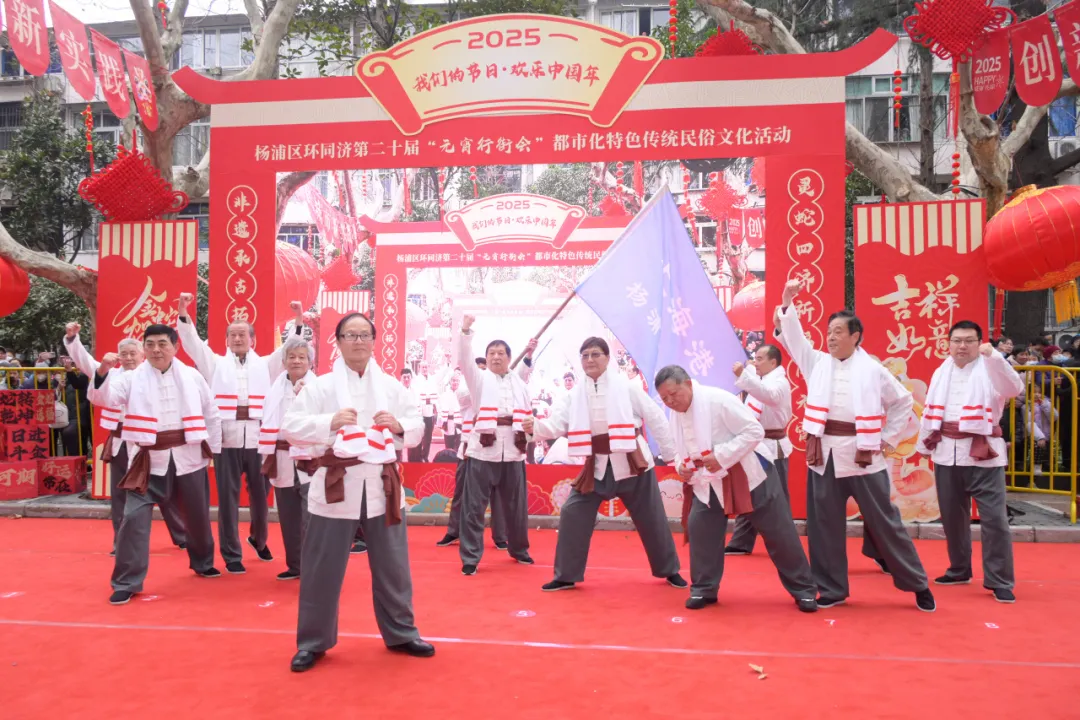
The true essence of the Spring Festival lies in the bustling celebration of the Lantern Festival. On the afternoon of February 12, "Our Holiday · Happy Chinese New Year" - 2025 (20th) Yangpu Lantern Festival Parade around Tongji 2025 kicked off at Siping Road Sub-district. This urban traditional folk cultural event, which has been held for 20 years, brought intangible cultural heritage (ICH) performances from across China, including Guangdong's Yingge Dance, Zhejiang's Baiye Dragon Dance, and Yunnan's Naxi Leba Dance, to the streets.
16 teams, over 360 participants! ICH performances fascinate audiences
With the sound of drums and gongs, the parade began on Sujiatun Road at 2 p.m., featuring a procession of ICH teams, community floats, and performers. This year's parade is divided into three major themes: "Intangible Cultural Heritage Gathering for a Joyous Lantern Festival", "Urban Folklore Parade Performance", and "New Chapter of the People's City". It combined traditional charm with contemporary innovation.
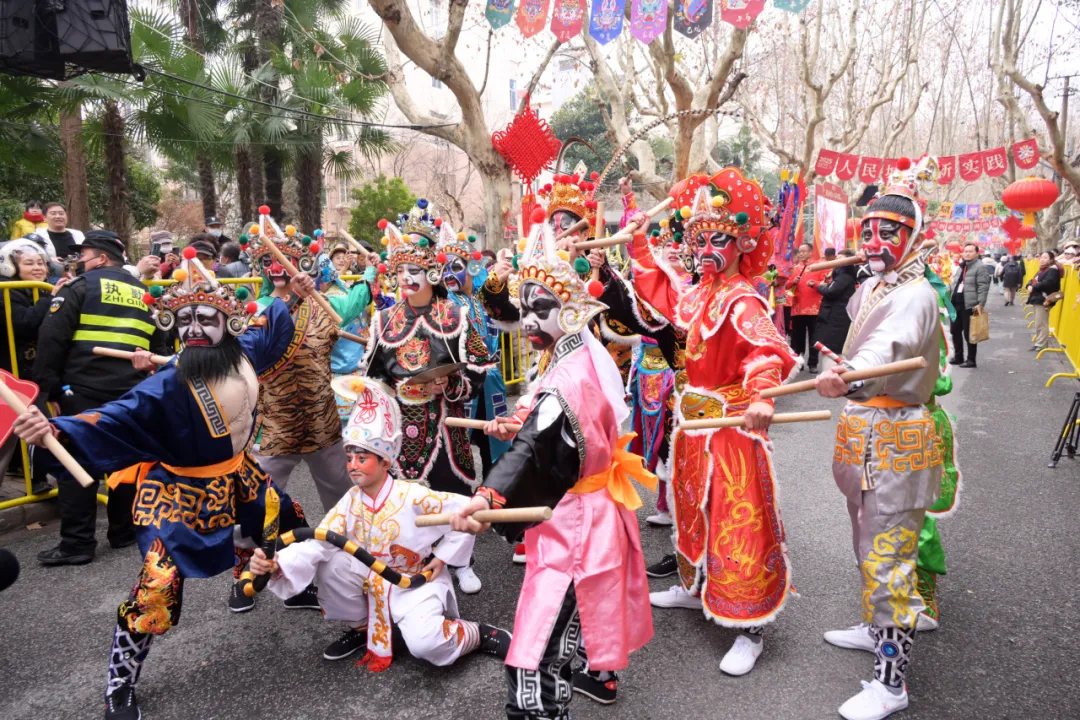
The ICH teams from various areas raised the bar with their performances. In addition to Shanghai's local ICH groups, there were popular Yingge Dance that caused a sensation at the Spring Festival Gala, majestic Baiye Dragon from Changxing County, Zhejiang Province, and Naxi Lueba Dance from Lijiang, Yunnan Province, a sister city of Yangpu. These performances showcased a vivid scene of cultural integration, drawing cheers and applause from the audience. A parent who brought their child to watch the parade said while recording a video, "This not only helps children understand China's ICH better but also enriches the knowledge of adults."
The Baiye Dragon Art Troupe from Changxing County, Huzhou City, Zhejiang Province, participated in the Lantern Festival Parade for the first time. Gu Yue, the deputy director of the troupe, said, "Baiye Dragon Dance is one of China's first national ICH items and a brilliant cultural symbol for Changxing's external exchanges. We're very happy to be here, and every member of our troupe is eager to showcase our ICH to the people of Shanghai."
Nearby, Zhang Kui, a Suona ICH successor from Linhuan, Huainan City, Anhui Province, was also very excited. He said he was so thrilled about the performance that he could not sleep the night before.
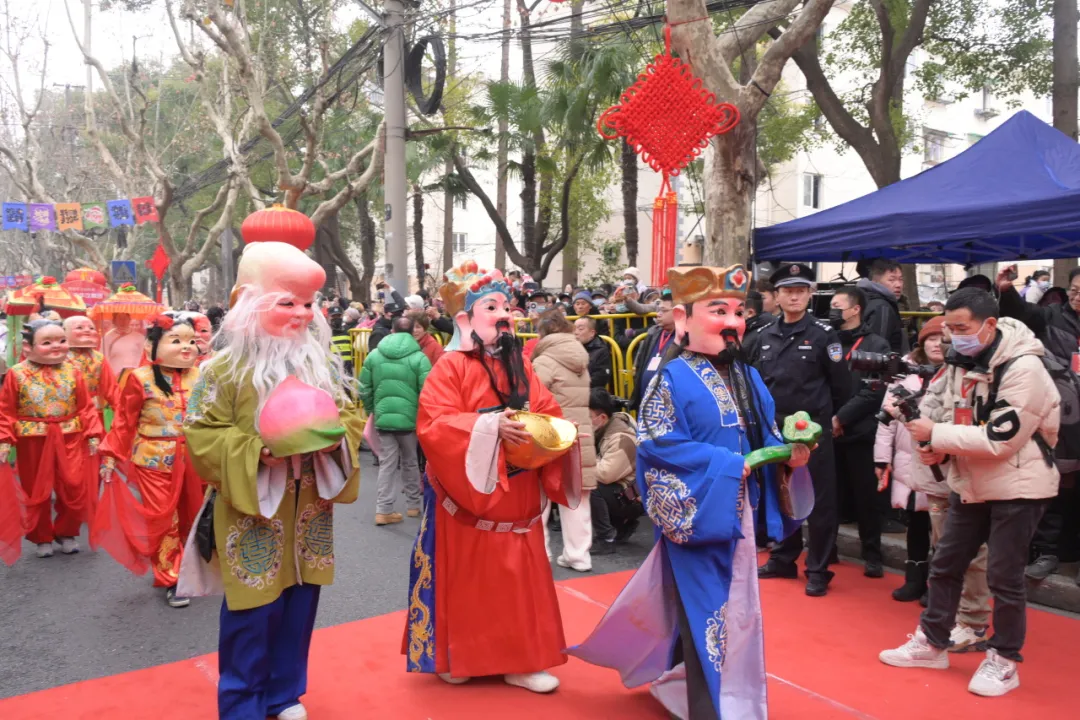
In addition to the national ICH gathering, this year's parade introduced a new highlight: the "people's city" themed float. According to a head of Siping Road Sub-district, the float was designed and performed by local residents. It tells vivid stories of community governance and urban renewal through dynamic performances, highlighting Shanghai's innovative practices in promoting the building of a people's city.
From "nostalgia" to nationwide fame: A single street brings to life twenty years of cultural heritage
Who would have thought that the now nationally renowned Yangpu Lantern Festival Parade originated from the homesickness of people a century ago? According to records in Shanghai Folklore: Yangpu Volume, Xiaowang Temple, dating back to the Ming Dynasty, was located in the Siping area of Yangpu, where Lantern Festival customs had already taken root. In the last century, people would sing the Phoenix song and walk on stilts, carrying paper-made phoenixes through the streets and alleys during the Lantern Festival, with drums and gongs filled with auspicious blessings. However, as times changed, these customs gradually faded from the public eye, preserved only by the local residents who kept the tradition of street parades alive in their hearts. In 2005, Siping Road Sub-district upgraded this "neighborly sentiment" to a grand stage for ICH. After twenty years of perseverance, the once small community celebration has now become a major platform attracting ICH teams from the Yangtze River Delta and across the country to showcase their skills.
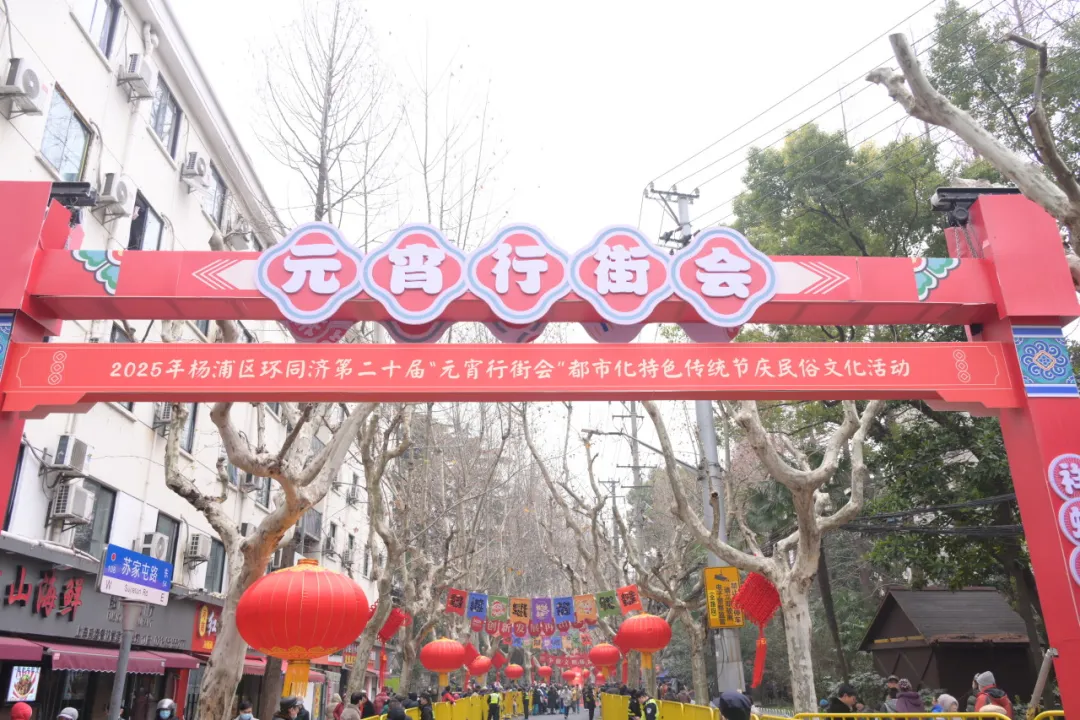
A resident who has lived here for over a decade said emotionally, "The Lantern Festival Parade has become a symbol of the perfect integration of 'old traditions' and 'new trends' in the process of urbanization. I used to come alone, but now I bring my granddaughter."
Traditional flavors on the tongue and masterful craftsmanship at the fingertips: A guide to "ICH snacking and strolling"
Even before the parade ended, the aroma from the ICH fair on neighboring Fushun Road was wafting through the air. On-site, stalls on both sides were divided into four sections: "eat, drink, play, and enjoy". Many visitors were busy juggling beef pan-fried buns in one hand, sugar-painted phoenixes in the other, and ICH sachets hanging from their wrists.
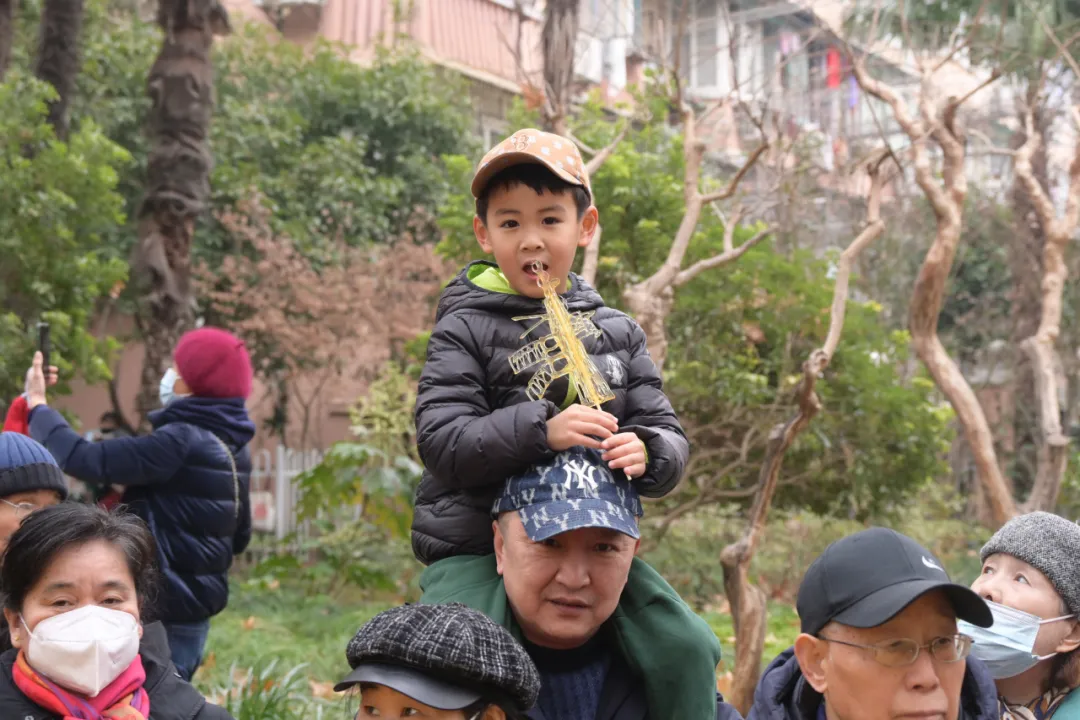
Following the sizzling scent, one could see the pan-fried buns from Yixinzhai sizzling in the iron pan. A middle-aged man in the queue, urged in Shanghaiese, "Young chef, we need three orders, extra vinegar, please!" Meanwhile, at the Rongqingtang sachet stall, a group of young people gathered around the craftsman learning to tie Chinese knots, which quickly transformed into exquisite "auspicious knots".
At the same time, a Jiangnan Sizhu (Jiangnan string and pipe) music ensemble was introduced for the first time, playing ceremonial music that resonated deeply with the heart. The melodious tunes interwove with the hustle and bustle of the market, infusing the urban space with the soul of traditional festivals.
Obsessed with sugar painting and dragon dance, international students become "ambassadors of Yangpu culture"
Today, international students from Tongji University, Shanghai University of Finance and Economics, and Shanghai University of Sport have made it their daily routine to capture the grand parade with their cameras, try their hand at dough modeling and sachet making, or stand spellbound listening to Jiangnan Sizhu music performances.
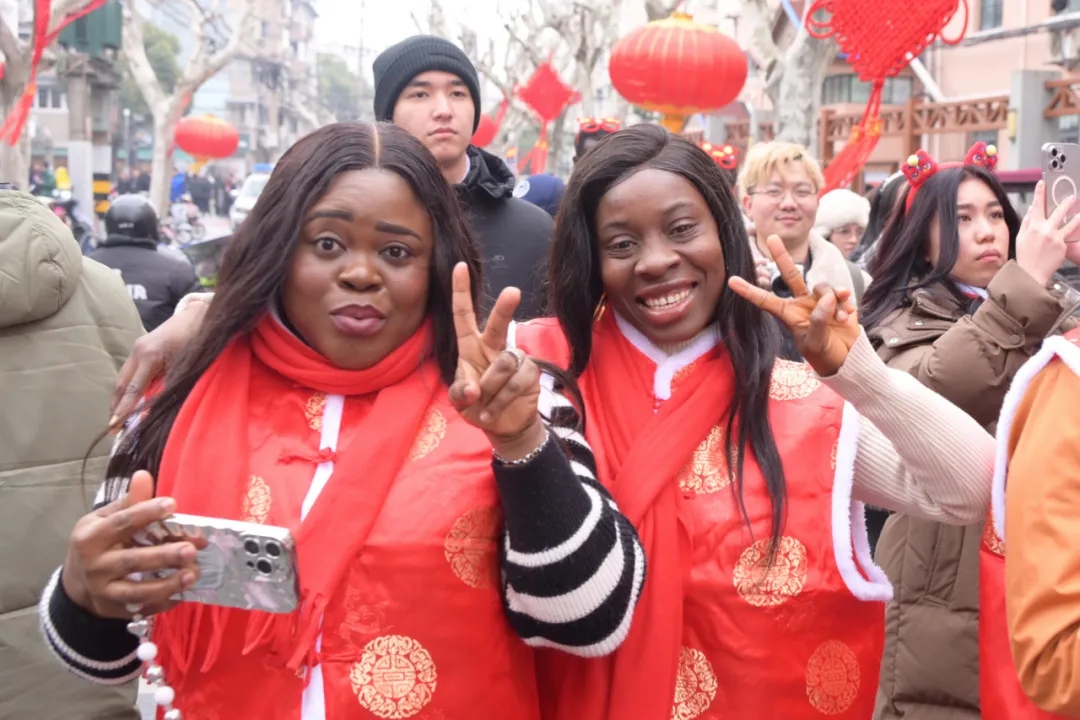
Through this "immersive" experience, their understanding of traditional Chinese culture has deepened, and they have become a "new bridge" for the international dissemination of ICH. Event organizers said that in the future, they will further expand the accessibility of ICH activities to attract more international friends to this cultural rendezvous where urbanization meets tradition.
Notably, to allow more residents to fully enjoy the rich ICH feast, the event was broadcast live through a combination of "offline + online" and "front-stage + back-stage" methods, showcasing the rich folk culture and intangible cultural heritage (ICH) from all angles, allowing more community residents to experience the festive atmosphere of the Lantern Festival. Statistics show that nearly 4 million people participated in this "celebration" online and offline, demonstrating the appeal of the "Lantern Festival Parade" as a national ICH platform.
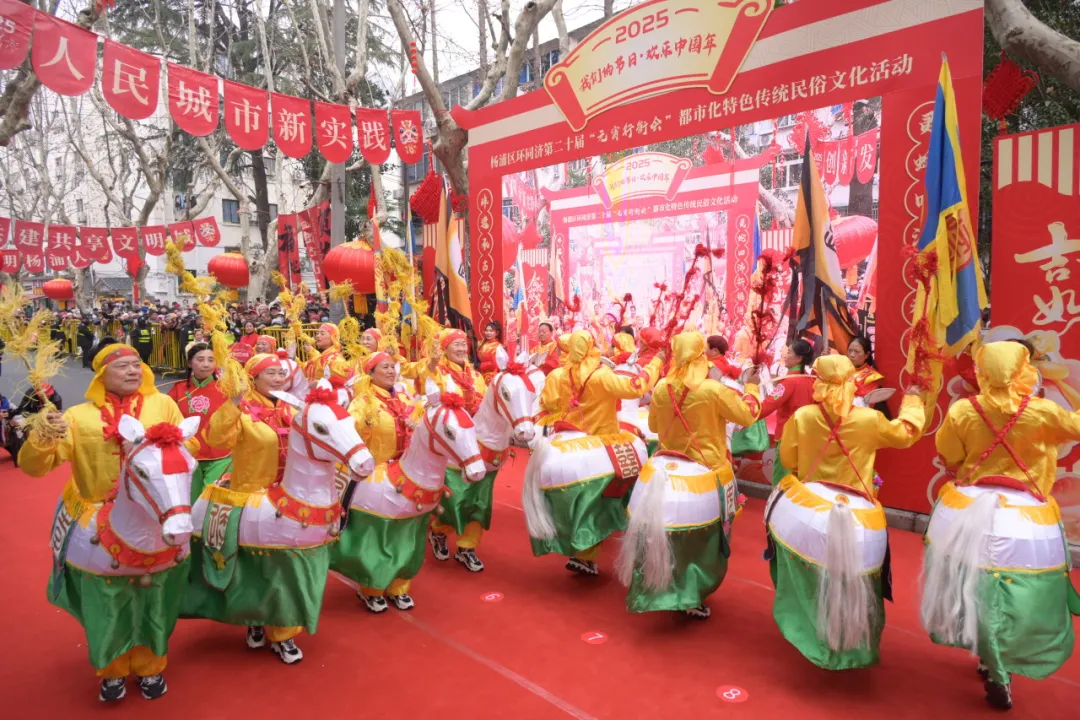
From the streets to the digital realm, from local to international, this urban folk celebration, spanning two decades, is crafting a contemporary narrative of tradition and modernity, with ICH as the bond.